 |
 |
 |

|
Hall Art Foundation at MASS MoCA
Building designed by Bill Katz and Alex Haviland.
Photo: Arthur Evans
Courtesy Hall Art Foundation
© Hall Art Foundation
|
|
 |
HALL ART FOUNDATION AT MASS MOCA
27/9/2013-26/11/2017
Devoted to the Art of Anselm Kiefer
MASS MoCA (Massachusetts Museum of Contemporary Art) today announced a major new collaboration with the Hall Art Foundation, the keystone of which is a large and long-term exhibition of sculpture and paintings by Anselm Kiefer. The works will be shown in a 10,000 square-foot building at MASS MoCA specially re-purposed by the Hall Art Foundation.
|

|
Posted 30 September 2014
|
Share this:
|
|
The exhibition will include Étroits sont les Vaisseaux (Narrow are the Vessels) (2002), an 82-footlong, undulating wave-like sculpture made of cast concrete, exposed rebar, and lead; The Women of the Revolution (Les Femmes de la Revolution) (1992), comprised of more than twenty lead beds with photographs and wall text; Velimir Chlebnikov (2004), a steel pavilion containing 30 paintings dealing with nautical warfare and inspired by the quixotic theories of the Russian mathematical experimentalist Velimir Chlebnikov; and a new, large-format commission created by the artist specifically for the installation.
|
|
|
|
|
|
The exhibition opened to the public on 27 September 2013.
In announcing the collaboration with the Hall Art Foundation, MASS MoCA Director Joseph Thompson notes that this is the second such long-term installation focused on the work of a single artist realized through long-term institutional collaborations on the MASS MoCA campus. “In 2008 MASS MoCA joined forces with the Yale University Art Gallery, the Williams College Museum of Art, and the studio of Sol LeWitt to organize a 25-year exhibition devoted to LeWitt’s monumental wall drawings, a landmark quasi-permanent installation punctuated by a series of related temporary exhibitions at WCMA, including this year’s award-winning The
Well-Tempered Grid, selected as “Outstanding Exhibition of the Year” by the Association of Art Museum Curators. It’s a good model, leveraging MASS MoCA’s space, audience, and technical capacities. We enjoy collaborating with artists, collectors, foundations, and cultural institutions to bring important bodies of art to the public...especially art whose spatial demands or technical requirements create affinities with our late 19th-century mill buildings, and whose content can be illuminated and animated by the extraordinary art historical scholarly resources of our region. I like the idea of hosting an array of distinct curatorial points of view, all within our singular factory campus. We are delighted to welcome the Hall Art Foundation and the work of Anselm Kiefer to MASS MoCA, North Adams, and the Berkshires.”
|
|
|
|
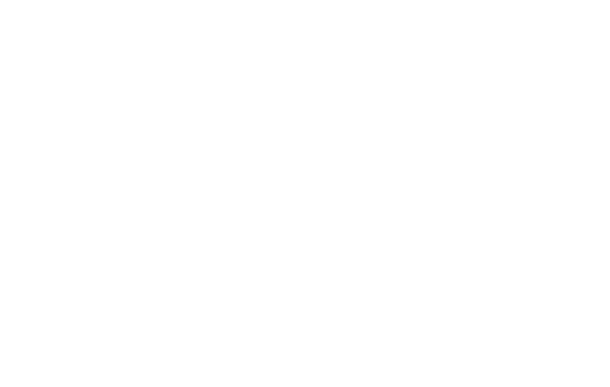
Anselm Kiefer
The Women of the Revolution (Les Femmes de la Révolution), 1992/2013 (detail)
Lead beds: dimensions variable
Photograph on lead: 138 x 174 inches (350 x 442 cm)
Photo: Arthur Evans
Courtesy Hall Art Foundation
© Anselm Kiefer
|
|
|
|

|

|

|
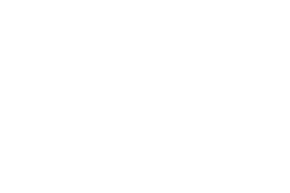
Anselm Kiefer
Velimir Chlebnikov, 2004 (detail)
30 paintings: oil, emulsion, acrylic, lead and mixed media on canvas
18 paintings: 75 x 130 inches (190.5 x 330 cm) each
12 paintings: 75 x 110 inches (190.5 x 280 cm) each
Hall Collection
Photo: Arthur Evans
Courtesy Hall Art Foundation
© Anselm Kiefer
|
|
A selection of Kiefer’s early work spanning from 1969 to 1982 and, drawn from the Halls’ personal collection, will open simultaneously at the Williams College Museum of Art. Including handmade artist’s books, watercolors, and works from the early 1970s that mark the artists’ first forays into oil painting, the exhibition introduces many of the themes and subjects that would become Kiefer’s signature modes of working. Major highlights of the exhibition include examples from the epic 1977 series Wege der Weltweisheit, comprised of individual woodcuts depicting portraits of German leaders, a large-scale book, and a monumental collage of woodcuts combined with painted elements.
|
|
|
|
|
|
MASS MoCA has partnered with the Hall Art Foundation to co-present two previous exhibitions. One also focused on works by Kiefer, while the other surveyed the paintings of Jörg Immendorff.
“Andy and Christine Hall and the Hall Art Foundation go deep in their collecting activity,” adds Thompson. “And long. We at MASS MoCA admire the way in which Andy and Christine totally immerse themselves in art that captures their imagination, bringing passion but also great knowledge, research, and a lively sense of adventure. They are not afraid to follow their interests across the full scope of the visual arts radar, including the more remote and interesting edges. It is a pleasure to join the Hall Art Foundation in exploring innovative ways to bring its collection and that of the Halls into the public realm.”
The Hall Art Foundation makes available works of postwar and contemporary art from its collection and from the collection of Andrew and Christine Hall for the enjoyment and education of the public. In addition to the dedicated gallery space at MASS MoCA announced today, the Hall Art Foundation operates a contemporary art space in Reading, Vermont.
The Hall Art Foundation also collaborates with public institutions around the world to facilitate loans from its own collection and that of the Halls. Together the two collections comprise some 5,000 works by several hundred artists, including Richard Artschwager, Georg Baselitz, Joseph Beuys, Eric Fischl, Leon Golub, Jörg Immendorff, Anselm Kiefer, Barry Le Va, Malcolm Morley, A. R. Penck, Ed Ruscha, Andy Warhol, and Franz West.
Andrew Hall says, “Christine and I and the Hall Art Foundation are delighted and honored to be able to work with MASS MoCA and exhibit great art in a great museum. We look forward to a long and fruitful relationship.” The Board of Trustees of the Hall Art Foundation includes Maryse Brand, Bonnie Clearwater, Andrew Hall, Christine Hall, Emma Hall, Harry Philbrick, Sir Norman Rosenthal, and David Tobey.
|
|
|
|
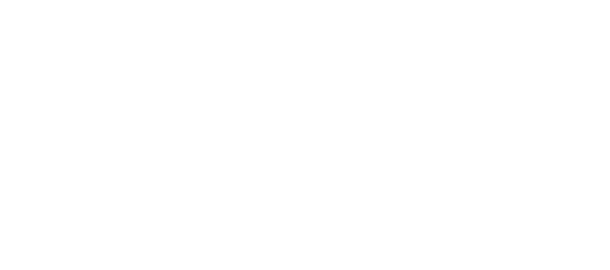
Anselm Kiefer
Velimir Chlebnikov, 2004 (detail)
30 paintings: oil, emulsion, acrylic, lead and mixed media on canvas
18 paintings: 75 x 130 inches (190.5 x 330 cm) each
12 paintings: 75 x 110 inches (190.5 x 280 cm) each
Hall Collection
Photo: Arthur Evans
Courtesy Hall Art Foundation
© Anselm Kiefer
|
|
|
|
|
|
A law student, Kiefer switched his studies to art in 1965 and held his first solo exhibit in 1969. During the early 1970s he studied with conceptual artist Joseph Beuys, whose interest in using an array of cultural myths, metaphors, and personal symbolic vocabulary as a means to engage and understand history inspired Kiefer. (At MASS MoCA, the Kiefer installation will join one of Beuys’ masterpieces, Lightning with Stag in its Glare (1958-85), on long-term loan from the Philadelphia Museum of Art.) Kiefer has described his own art-making process as stimulated by Beuys’ philosophies: “Painting, for me, is not just about creating an illusion. I don’t paint to present an image of something. I paint only when I have received an apparition, a shock, when I want to transform something. Something that possesses me, and from which I have to deliver myself. Something I need to transform, to metabolize, and which gives me a reason to paint.”
|
|
|
|
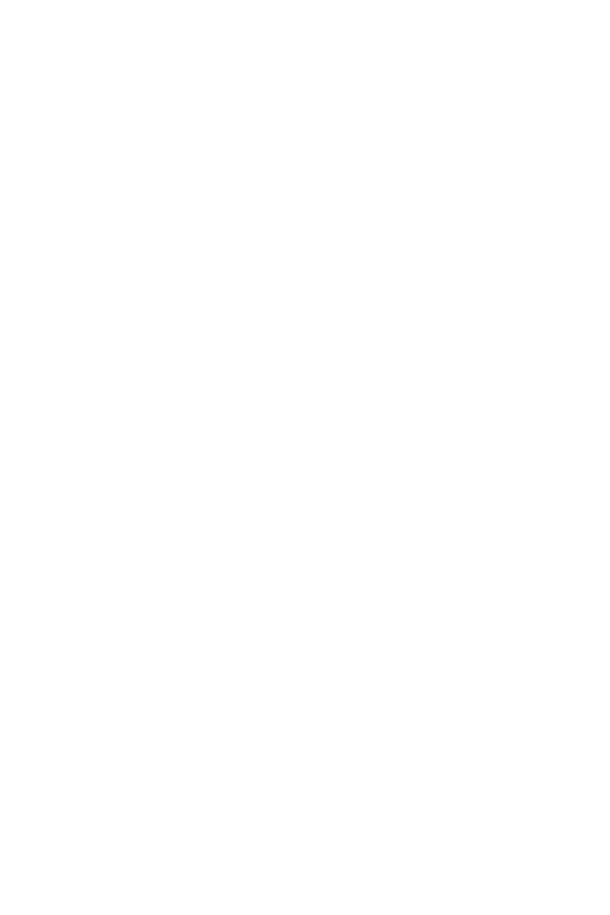
Anselm Kiefer
The Women of the Revolution (Les Femmes de la Révolution), 1992/2013 (detail)
Lead beds: dimensions variable
Photograph on lead: 138 x 174 inches (350 x 442 cm)
Photo: Arthur Evans
Courtesy Hall Art Foundation
© Anselm Kiefer
|
|
|
|
|
|
Like Beuys, whose works were often constructed of fragile, organic materials (including blood, fat, and honey), Kiefer’s works often incorporate unusual, fugitive materials such as ash, clay, and dried plant materials. With their rough-hewn textures and expansive narrative formats that often evoke charred landscape and historical, sometimes apocalyptic settings, Kiefer’s work did not conform to the pared-down Minimalist or Conceptualist movements that were becoming mainstream at the time he was a student. Instead he created massive, dark paintings, books constructed of large sheets of lead, and figurative works that explored German folklore and were inspired by Caspar David Friedrich, among others. Poetry (especially the work of Paul Celan and Ingeborg Bachmann) has played a key role in shaping Kiefer’s themes of German history and the horror of the Holocaust, as have the theological concepts of Kabbalah. In addition to paintings, Kiefer also produces drawings, watercolors, object-filled glass vitrines, woodcuts, and theatrical set designs for the stage.
After establishing large studio practices in Germany and then Barjac (in the south of France), Kiefer now lives and works primarily in Paris. His 2007 commission by the Louvre for the monumental stairwell connecting its Egyptian and Mesopotamian antiquity galleries was the first permanent installation there by a living artist since the 1953 commission of three ceiling panels by Georges Braque. Recent exhibitions include a large retrospective which traveled to the Modern Art Museum of Fort Worth, the Musée d’art Contemporain de Montréal, the Hirshhorn Museum and Sculpture Garden, Washington, D.C., and the San Francisco Museum of Modern Art. In 2007, Kiefer was commissioned to create a site-specific installation of sculptures and paintings for the inaugural “Monumenta” at the Grand Palais, Paris.
We may well rotate or augment this initial installation from time to time,” said Andrew Hall. “We’ve enjoyed working closely with Anselm and his studio on the content and design of this particular iteration, and look forward to other possibilities.”
|

|

|

|
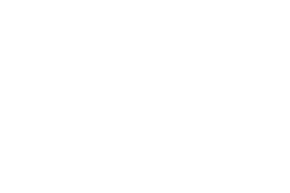
Anselm Kiefer
The Women of the Revolution (Les Femmes de la Révolution), 1992/2013 (detail)
Lead beds: dimensions variable
Photograph on lead: 138 x 174 inches (350 x 442 cm)
Photo: Arthur Evans
Courtesy Hall Art Foundation
© Anselm Kiefer
|
|
About the MASS MoCA—Hall Art Foundation Partnership
In speaking of the museum’s partnership with the Foundation, Thompson noted: “It is not very complicated. This is a 15-year commitment, which can be extended should both the Hall Art Foundation and MASS MoCA wish to do so. The initial investments in capital renovations to the water tank building and the surrounding landscape were borne almost entirely by the Hall Art Foundation, which is also picking up all incremental operating costs associated with the renovated facility, including utility and security costs. Some costs, such as care of common area grounds and access roads, will be shared between MASS MoCA and the Hall Art Foundation. And
some costs, such as visitor services, box office, and marketing, will be borne largely by MASS MoCA.” Admission to the Kiefer installation is included in the general price of admission to MASS MoCA, proceeds from which accrue 100% to MASS MoCa.
|
|
|
|
|
|
We believe we have constructed an operating model which is fair, transparent, and efficient, allowing the Hall Art Foundation to bring art and programs to the public at a fraction of the cost of building and operating its own stand-alone museum, for example, leveraging MASS MoCA’s physical facilities, technical capacities, and contemporary art-interested community. Looking forward,” Thompson continued, “while MASS MoCA is not itself a collecting institution, our idea of museum nirvana is a campus in which we continue to produce our own free-wheeling program of temporary exhibitions, performances, artist residencies, and large-scale commissions—generally focusing on the work of mid-career and emerging artists—and to do that side by side with a select group of important longer-term exhibitions devoted to single-artist installations and singular collections of contemporary art. The Berkshires— and the constellation of arts institutions which distinguish the Berkshires—provide a rich cultural backdrop, including the intellectual and human capital dividends of the scholarly and educational activities of Williams College, the Sterling and Francine Clark Art Institute, the Williamstown Art Conservation Center, and the Massachusetts College of Liberal Arts. This all makes for fertile ground for programmatic collaboration and institutional growth. The Hall Art Foundation thus joins Jacob’s Pillow Dance, the Clark, Williams College, Bang on a Can, Yale University Art Gallery, Wilco, The Public Theater in New York, the Williamstown Theatre Festival, and a long list of other institutions and artists that have partnered with MASS MoCA to realize productive new ventures in contemporary visual and performing arts. As Sol LeWitt was fond of saying, ‘if an idea is good enough, it’s hard to bungle’, so we expect there will be more to come: we still have space, lots of time, a talented staff, and a growing audience.”
The Hall Art Foundation at MASS MoCA will be open from May 15 through November 30, with hours of operation that align with other MASS MoCA galleries (11am–5pm daily, except Tuesdays). During July–August the MASS MoCA galleries and the Hall Art Foundation galleries will be open every day, with extended hours of 10am–6pm.
About MASS MoCA
MASS MoCA is one of the world’s liveliest (and largest) centers for making and enjoying the best new art of our time, across all media: music, art, dance, theater, film, and video. Hundreds of works of visual and performing art have been created on its factory campus during fabrication and rehearsal residencies in North Adams, making MASS MoCA among the most productive sites in the country for the creation and presentation of new art. More platform than box, MASS MoCA strives to bring to its audiences art and shared learning experiences that are fresh, engaging, and transformative.
MASS MoCA’s galleries are open 11am–5pm every day except Tuesdays. In July and August, MASS MoCA’s galleries are open 10am–6pm every day. Gallery hours are often extended on evenings featuring performing arts events. Gallery admission is $15 for adults, $10 for students, $5 for children 6–16, and free for children 5 and under, and will include admission to the Hall Art Foundation at MASS MoCA, which is open during normal museum hours from May 15 to November 30 (closed, except by special appointment during the balance of the year). Members are admitted free year-round. For additional information, call 413.662.2111 x1 or visit massmoca.org.
MASS MoCA is an independent 501(c)(3) whose operations and programming are funded primarily through admissions and commercial lease revenue, corporate and foundation grants, and individual philanthropy. Except for a construction grant from the Commonwealth, and competitive program and operations grants from the National Endowment for the Arts and the Massachusetts Cultural Council, MASS MoCA is privately funded: 90% of MASS MoCA’s annual operating revenues come from earned revenues, membership support, and private gifts and grants.
MASS MoCA
Hall Art Foundation at MASS MoCA
1040 MASS MoCA Way
North Adams, MA 01247
+1 413 662 2111
info@massmoca.org
www.massmoca.org
facebook.com/massmoca
twitter.com/mass_moca
massmoca.tumblr.com
|
|
|
|
|
|
|


